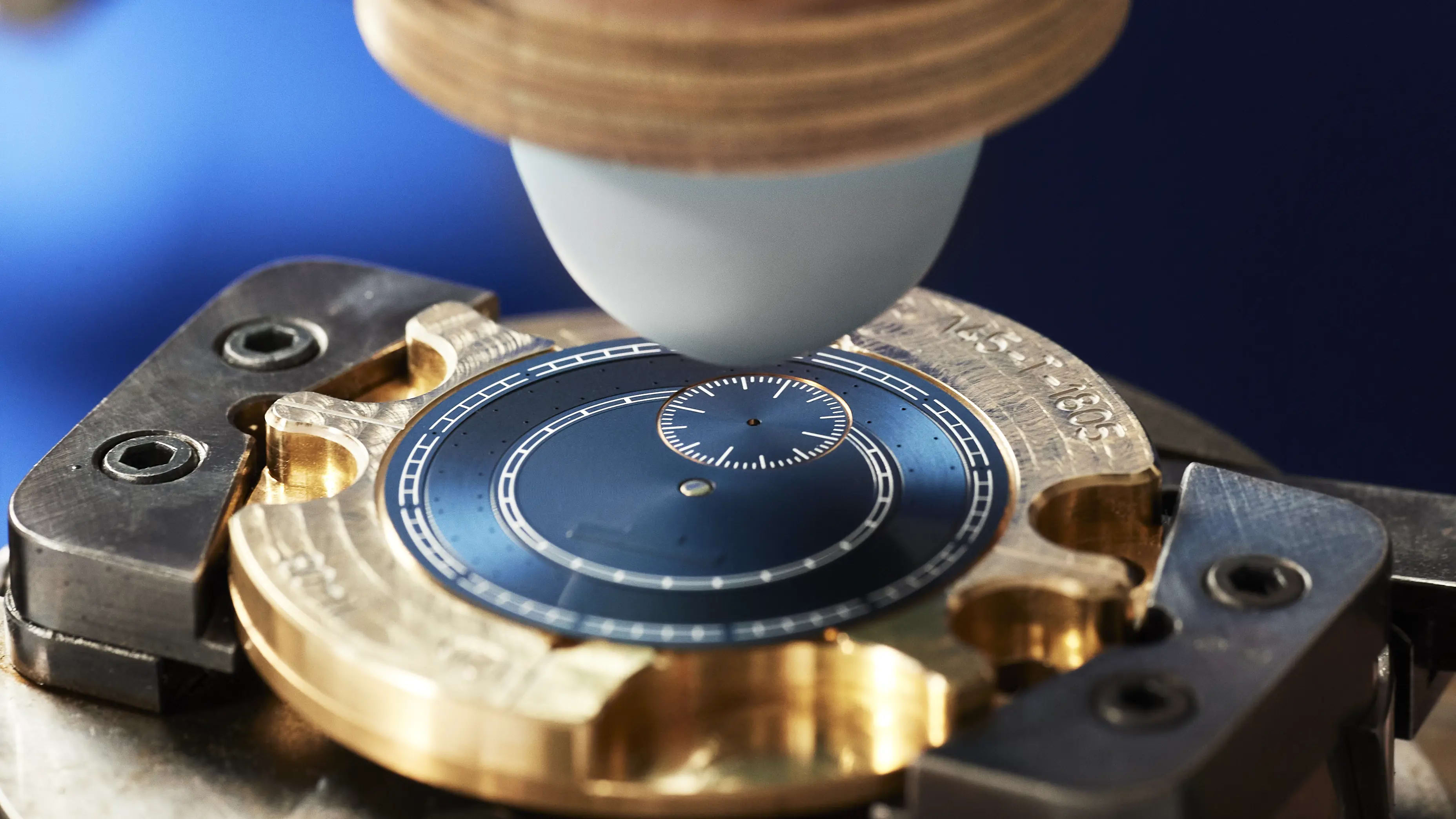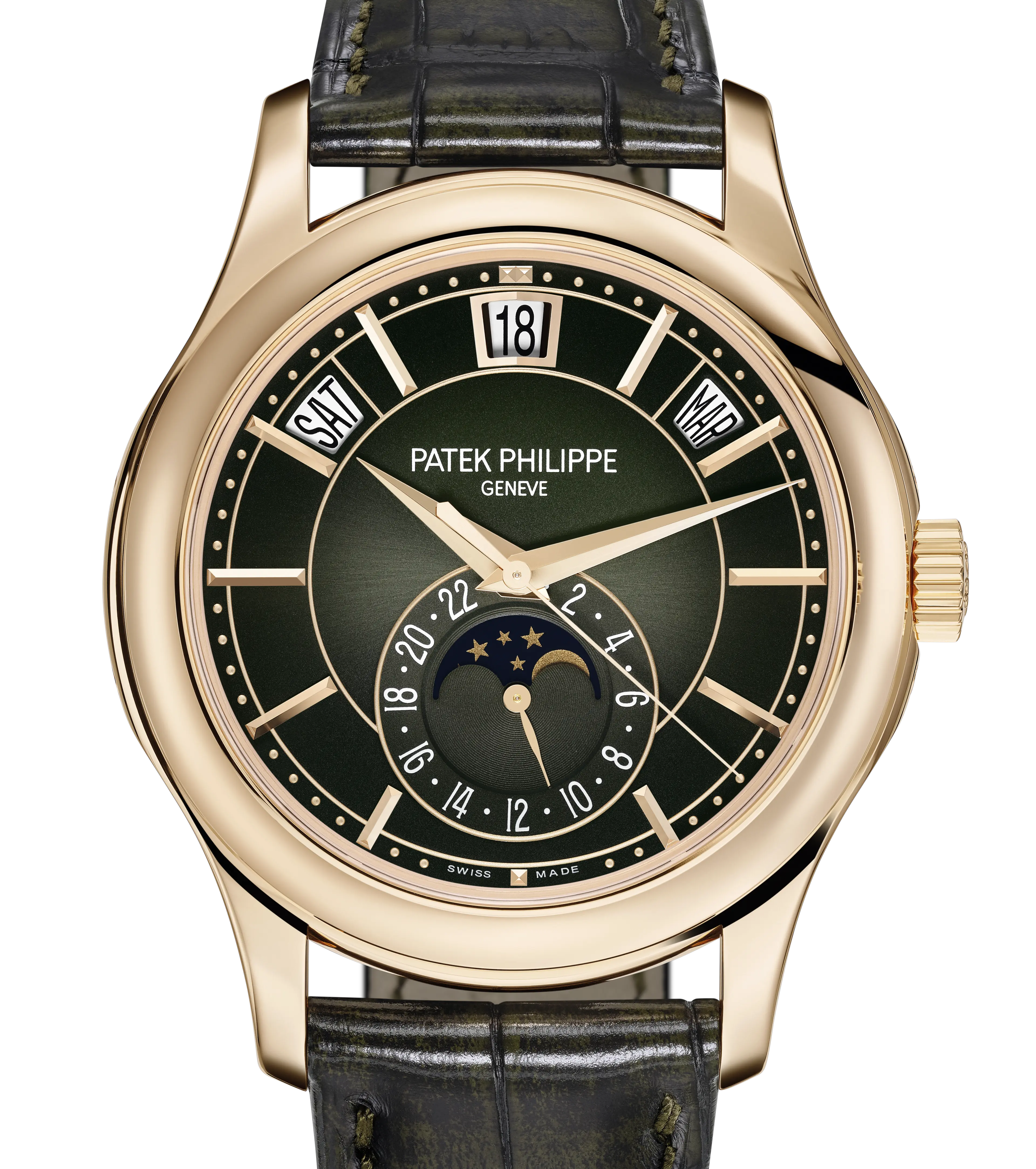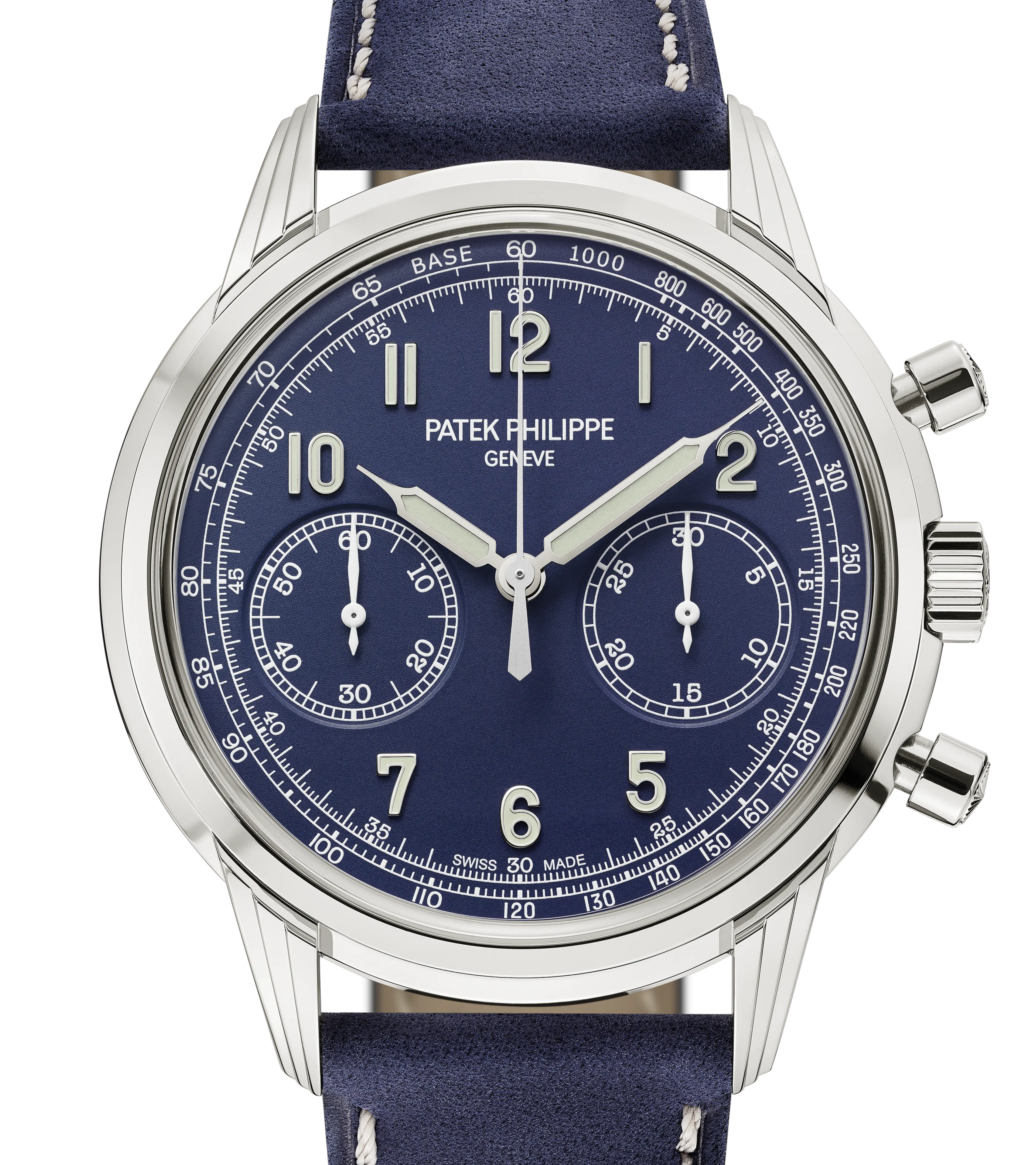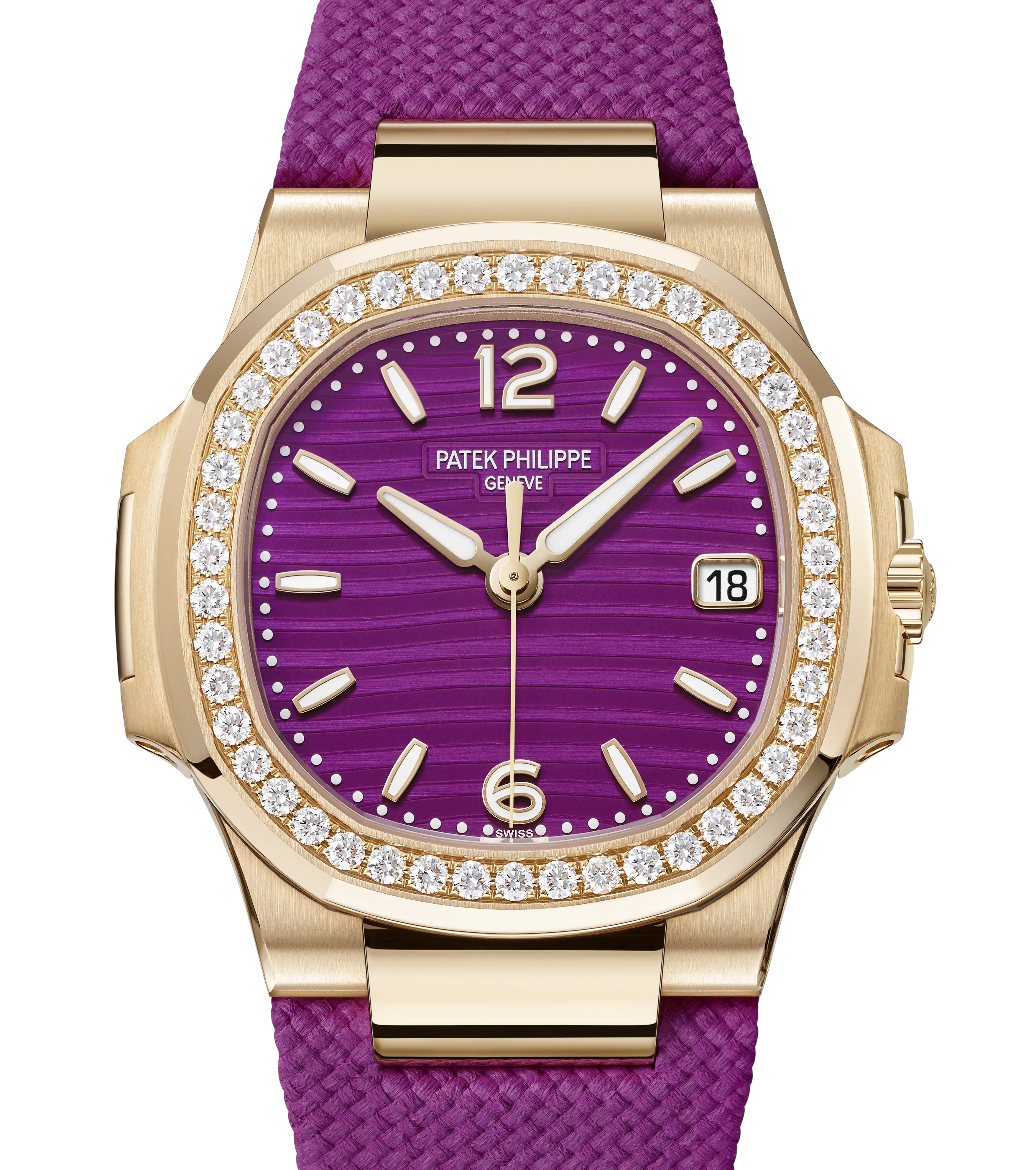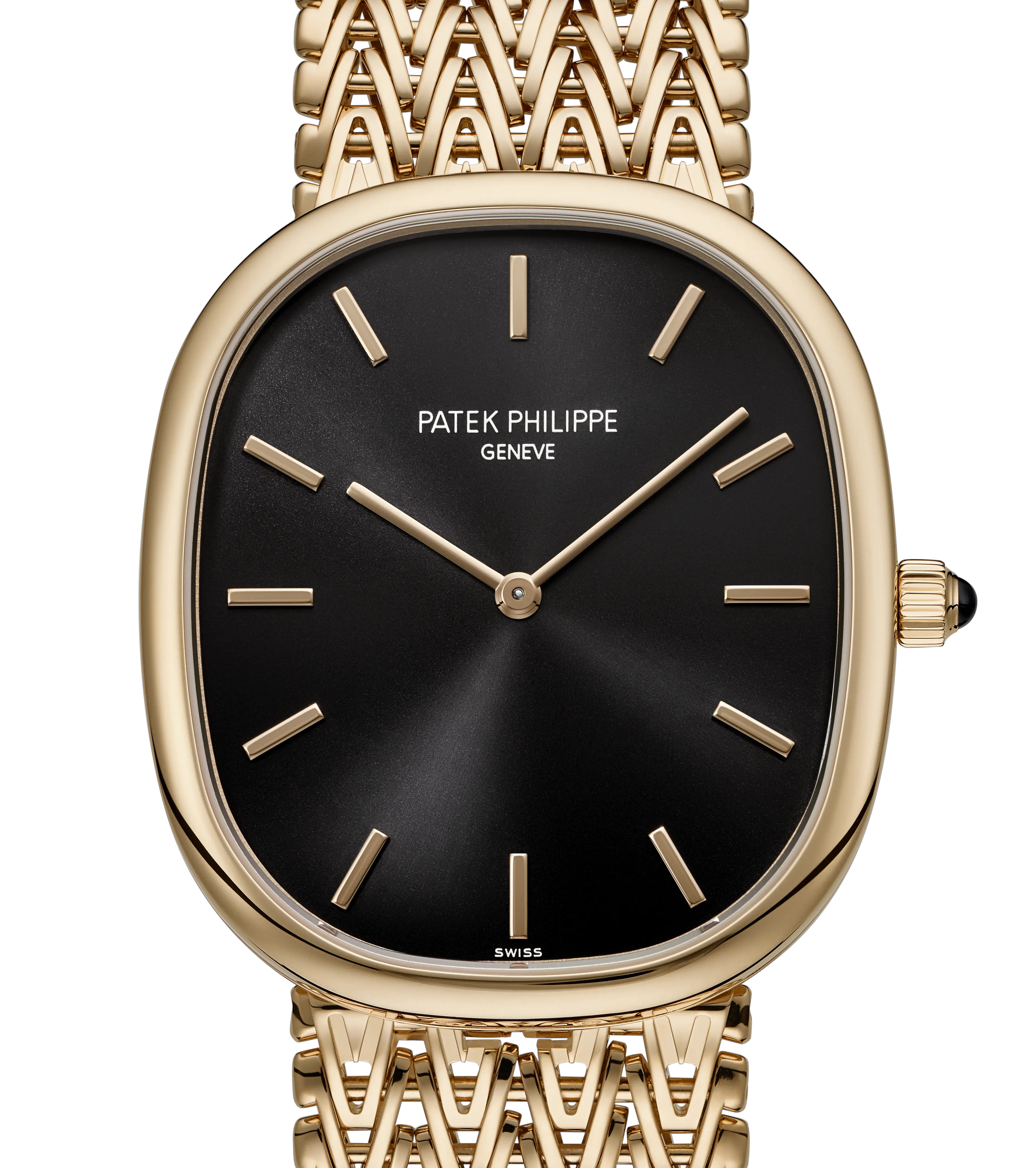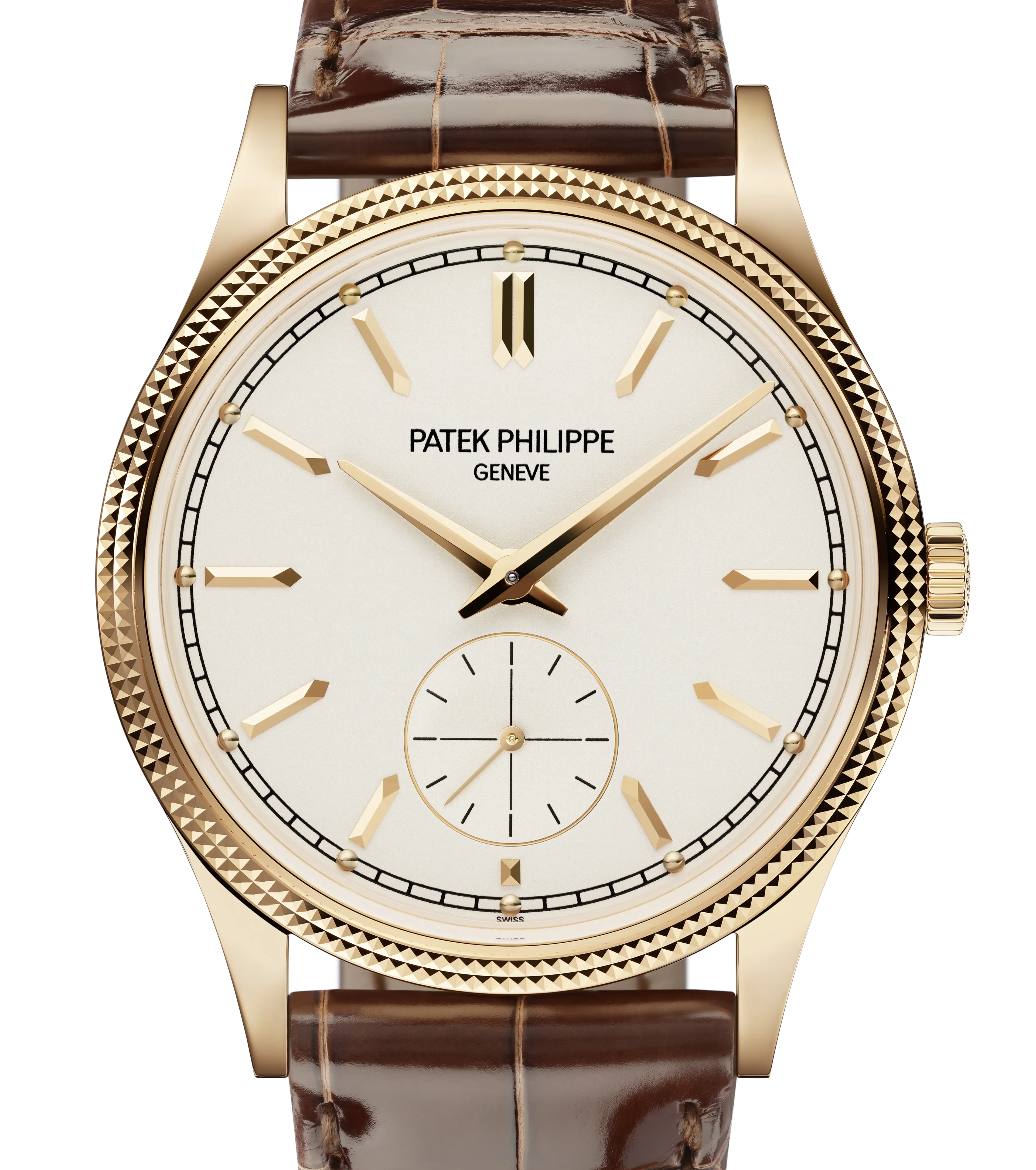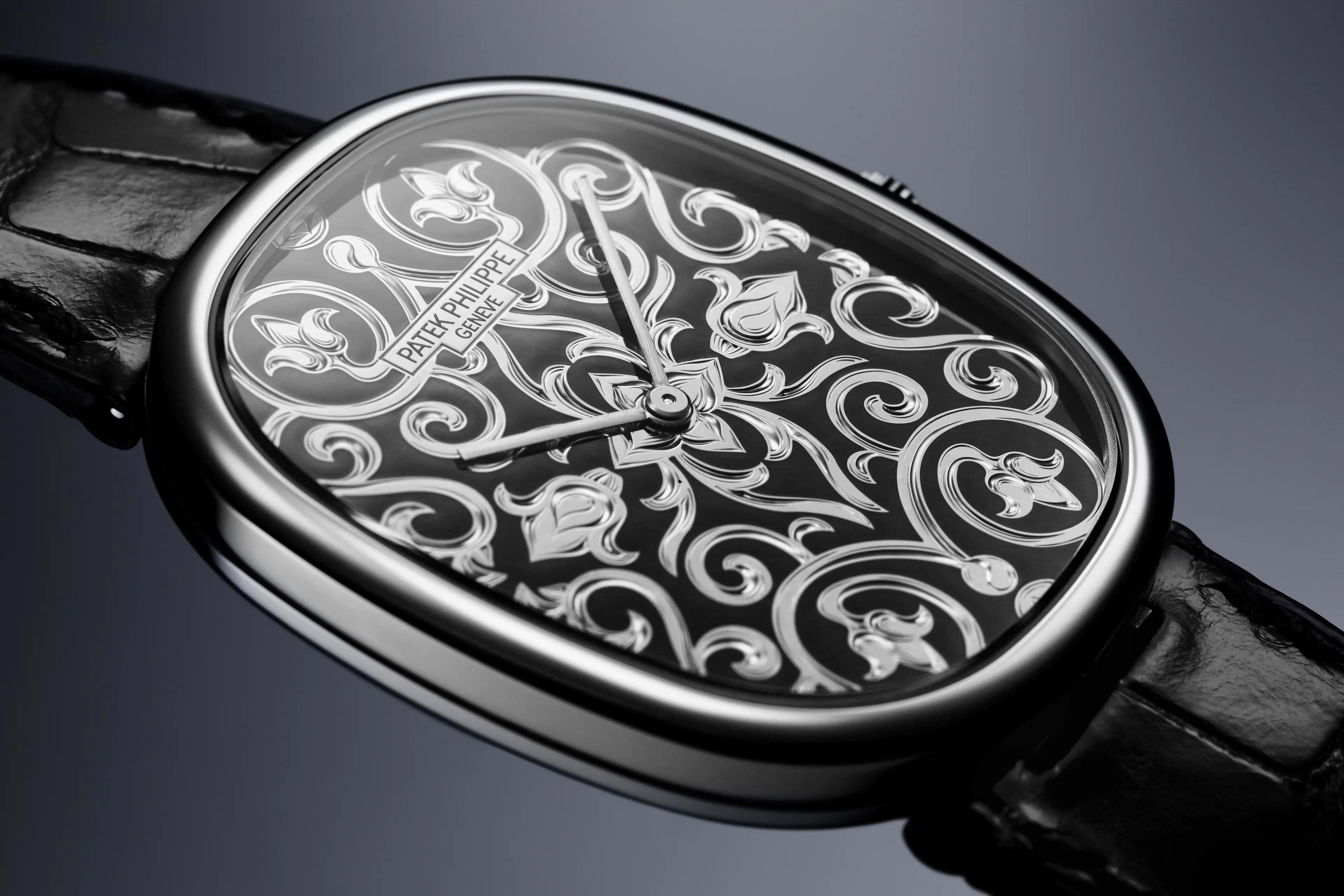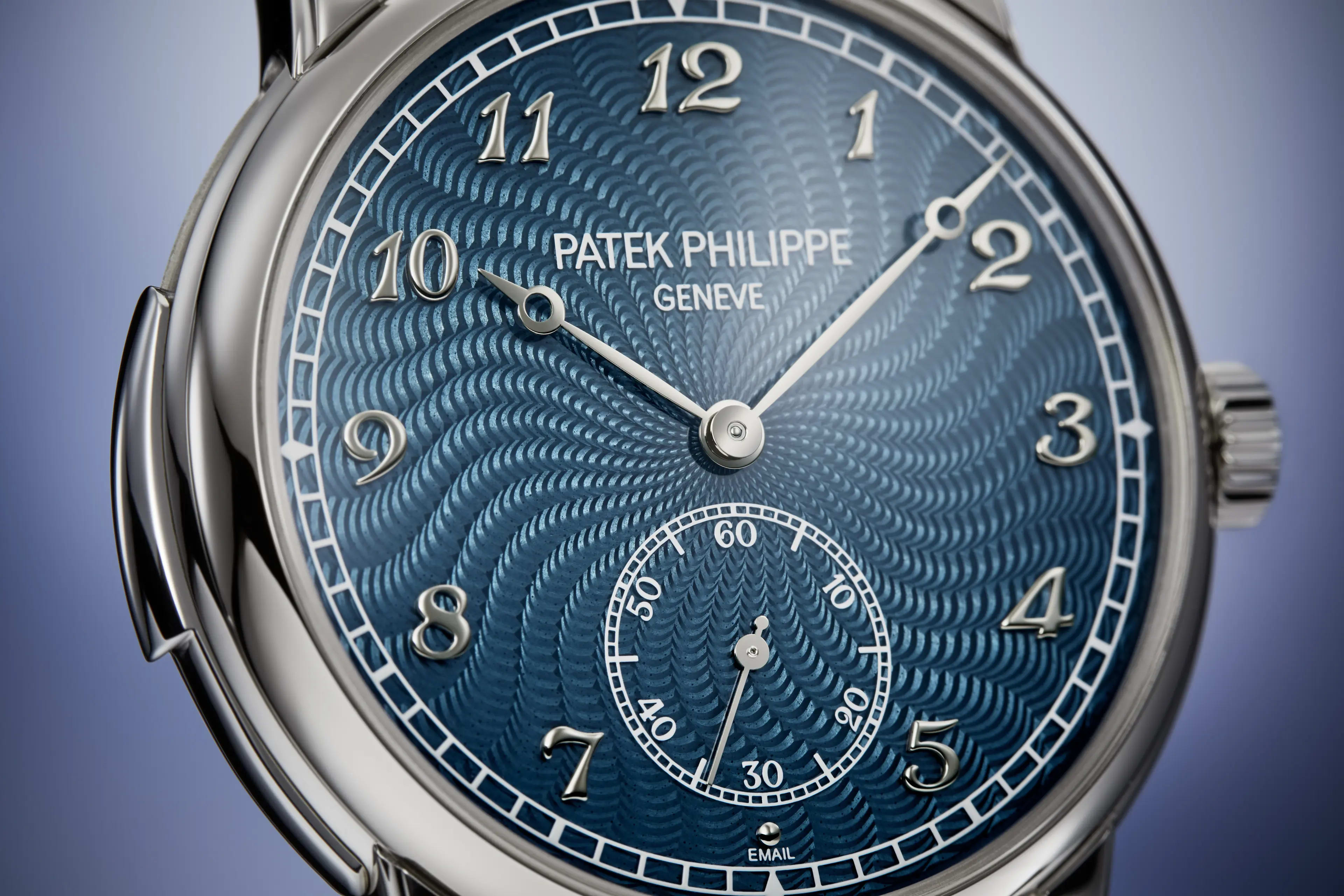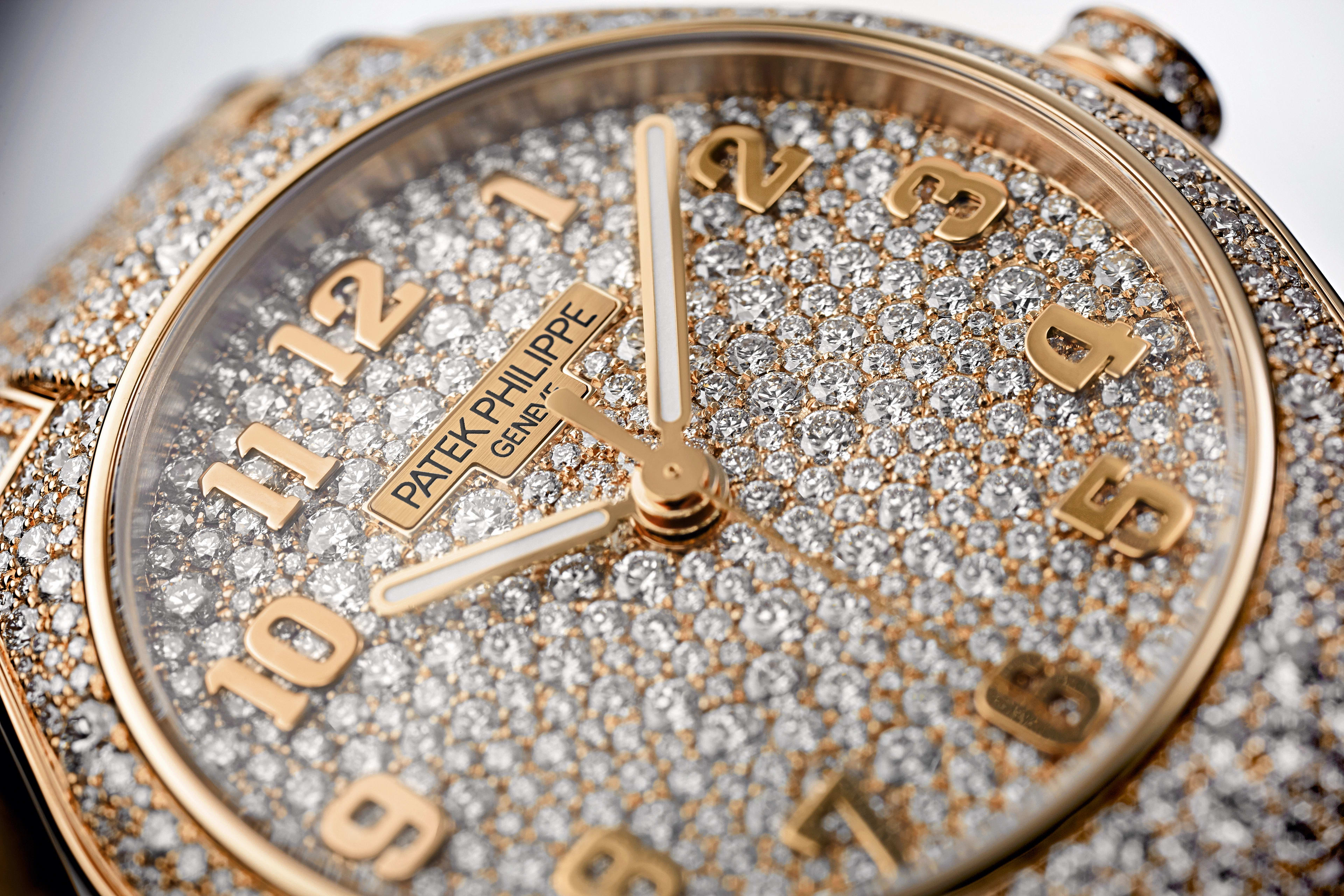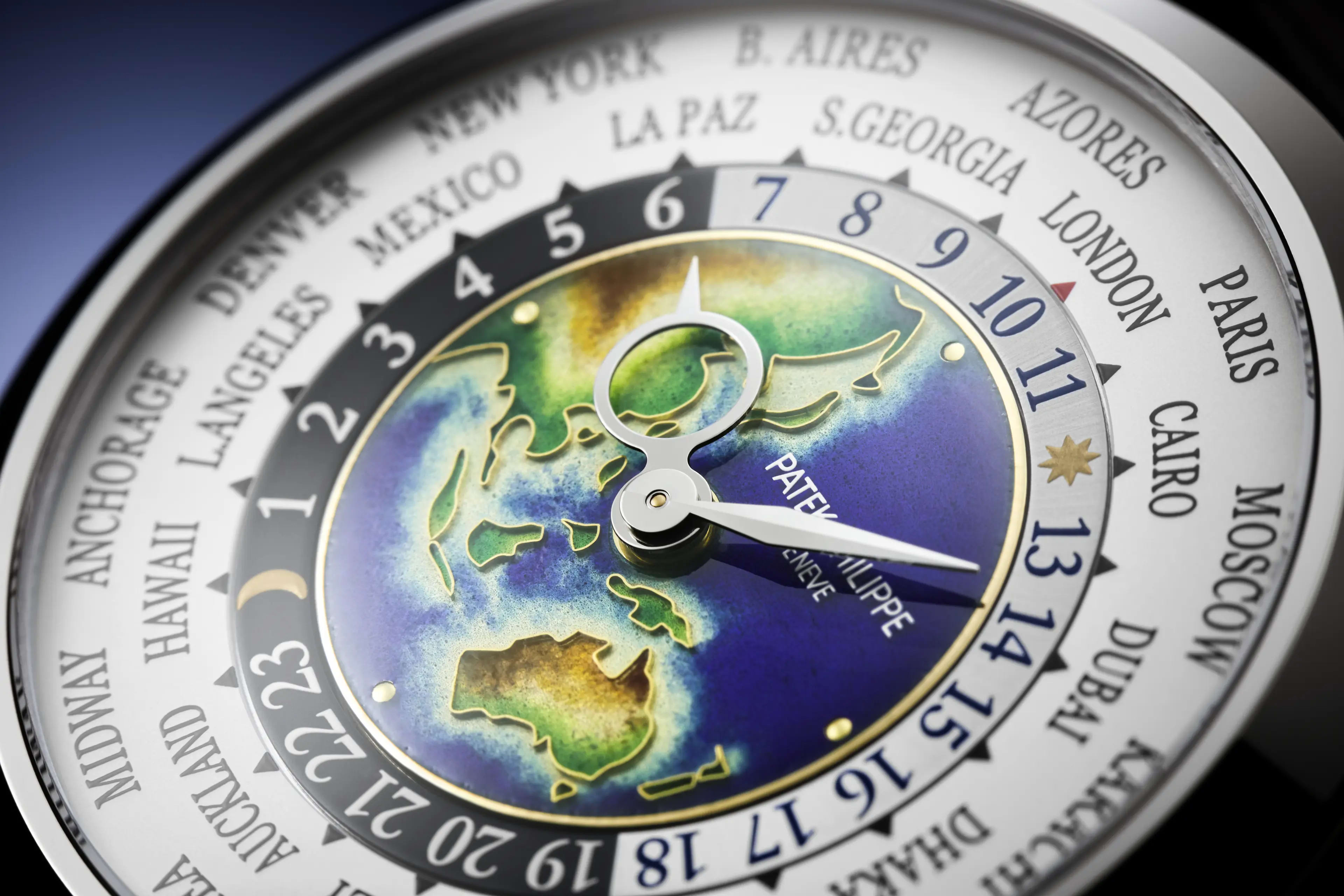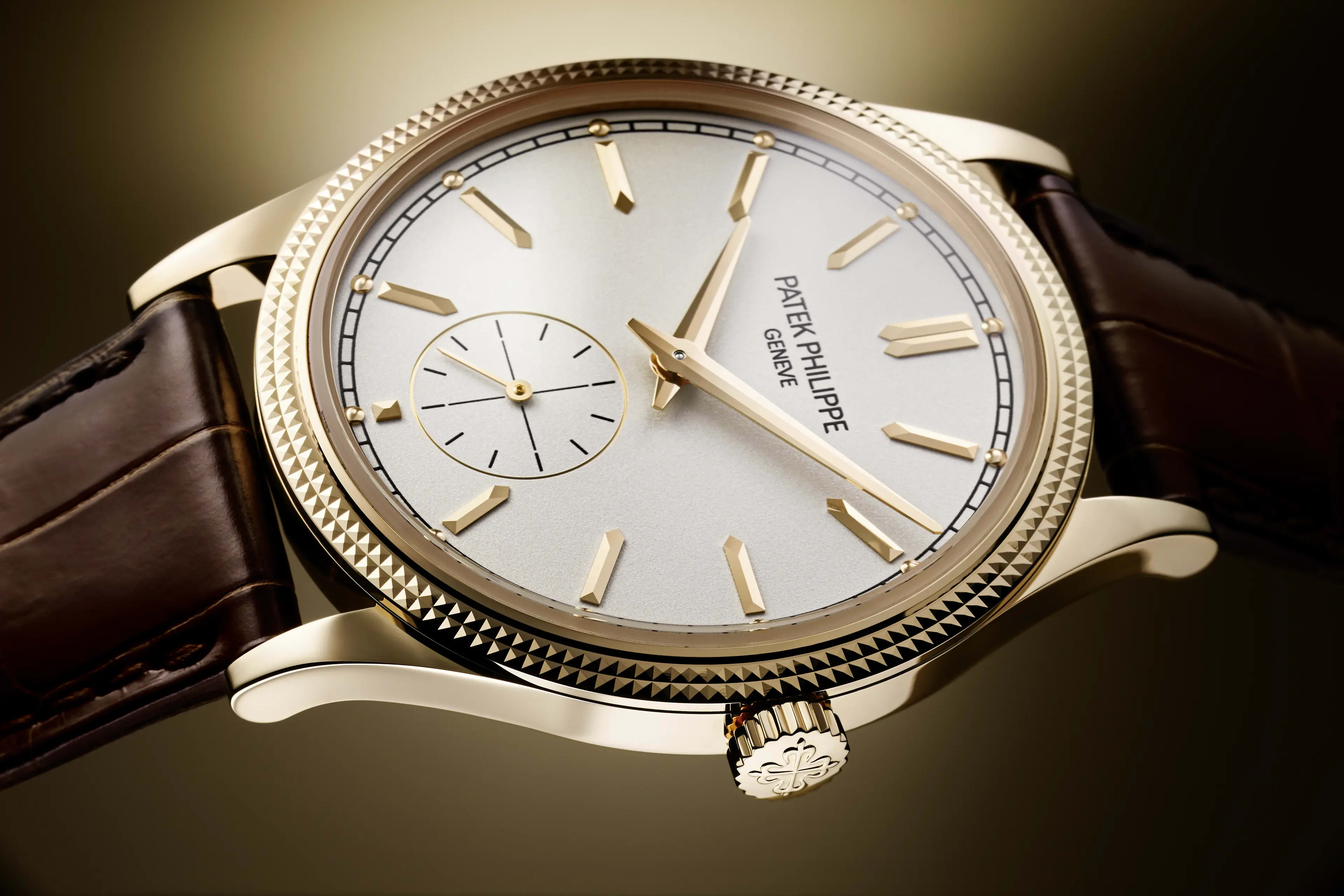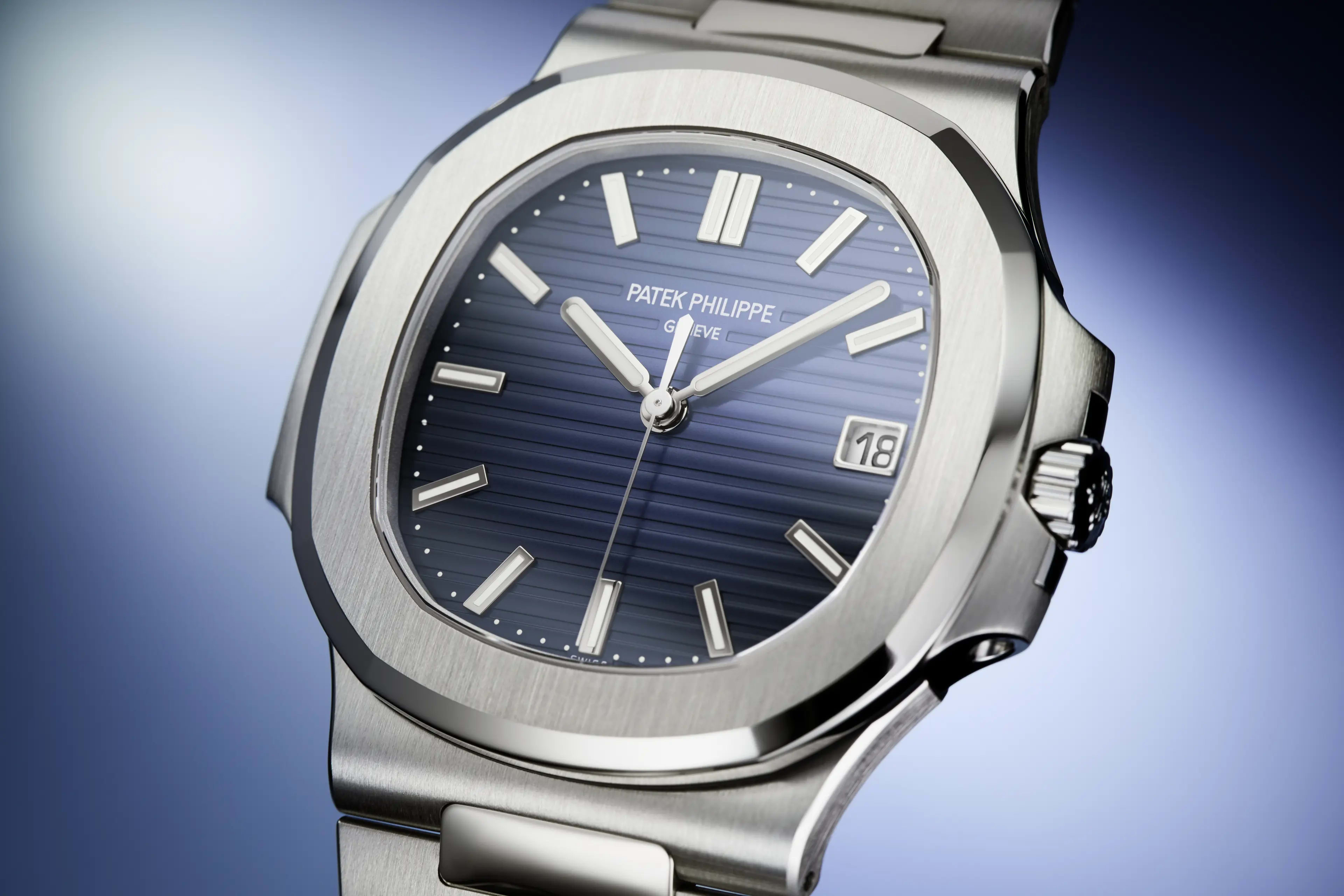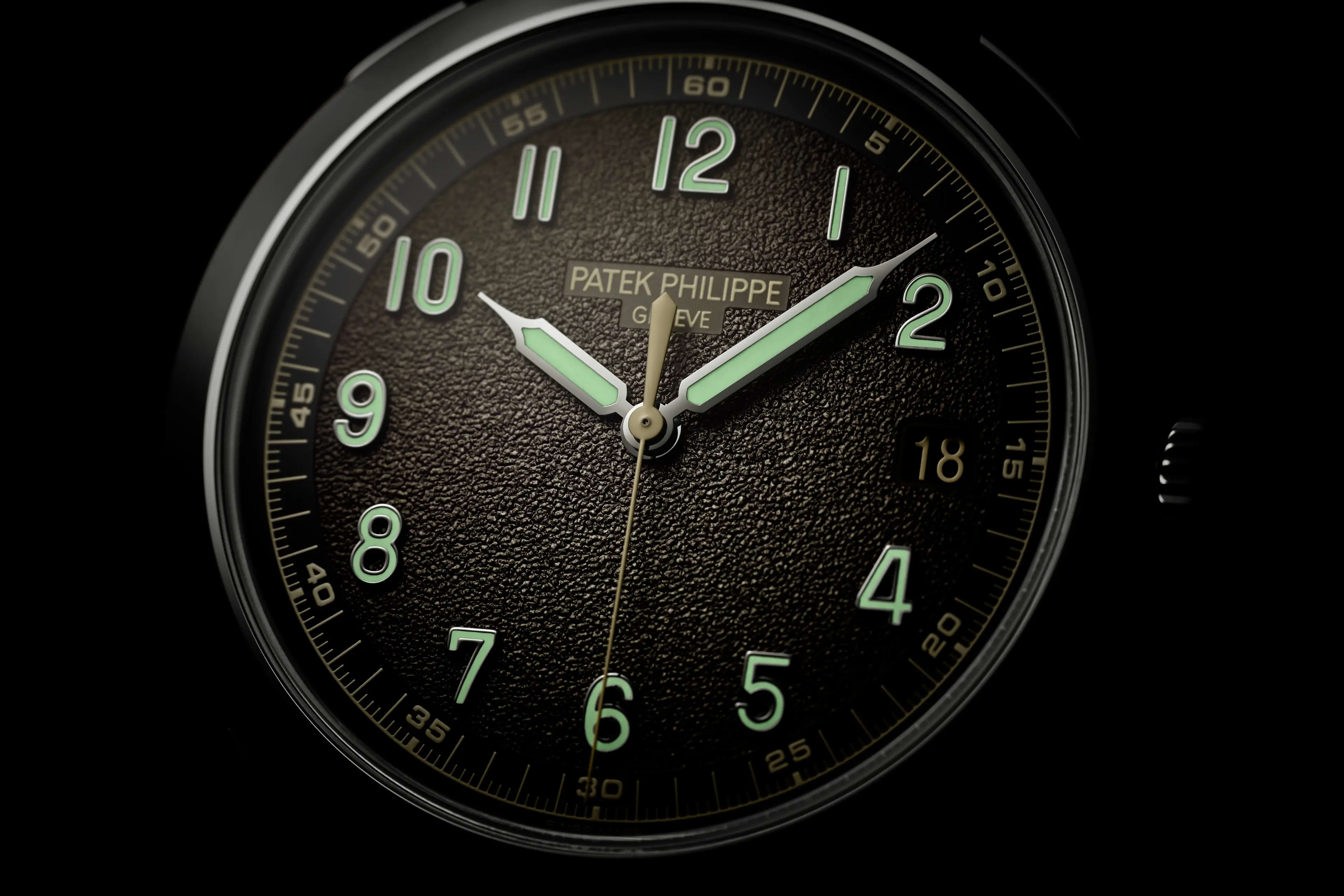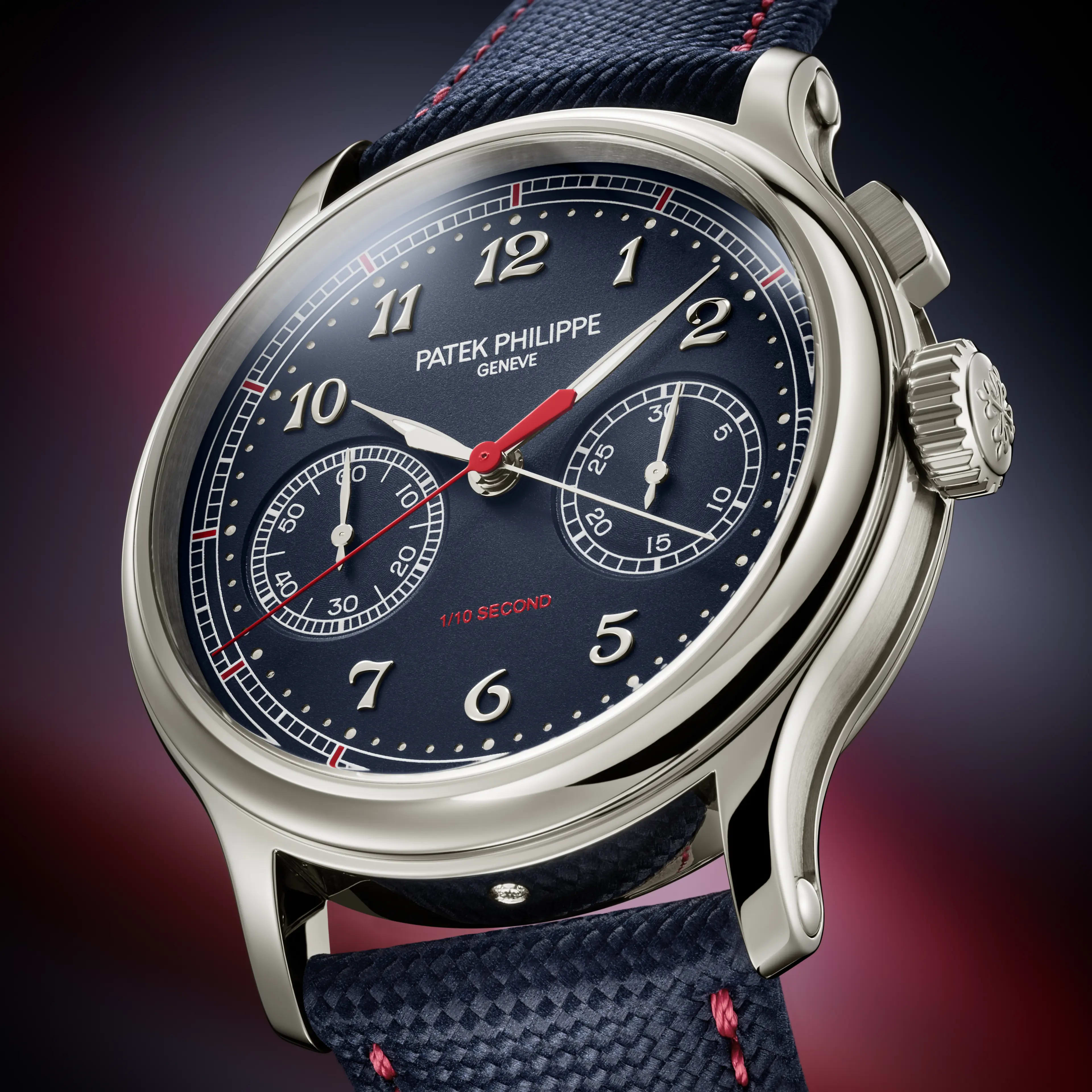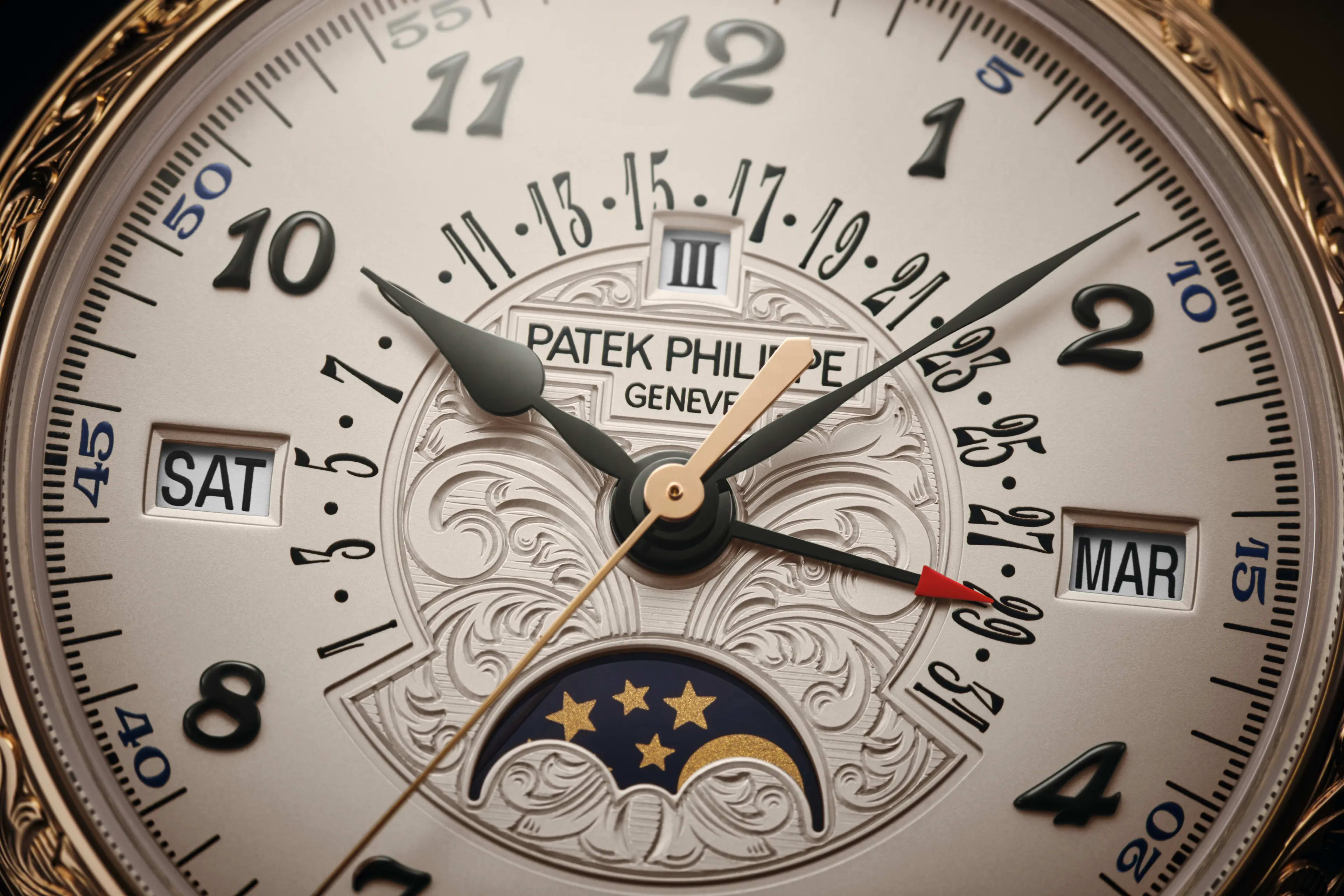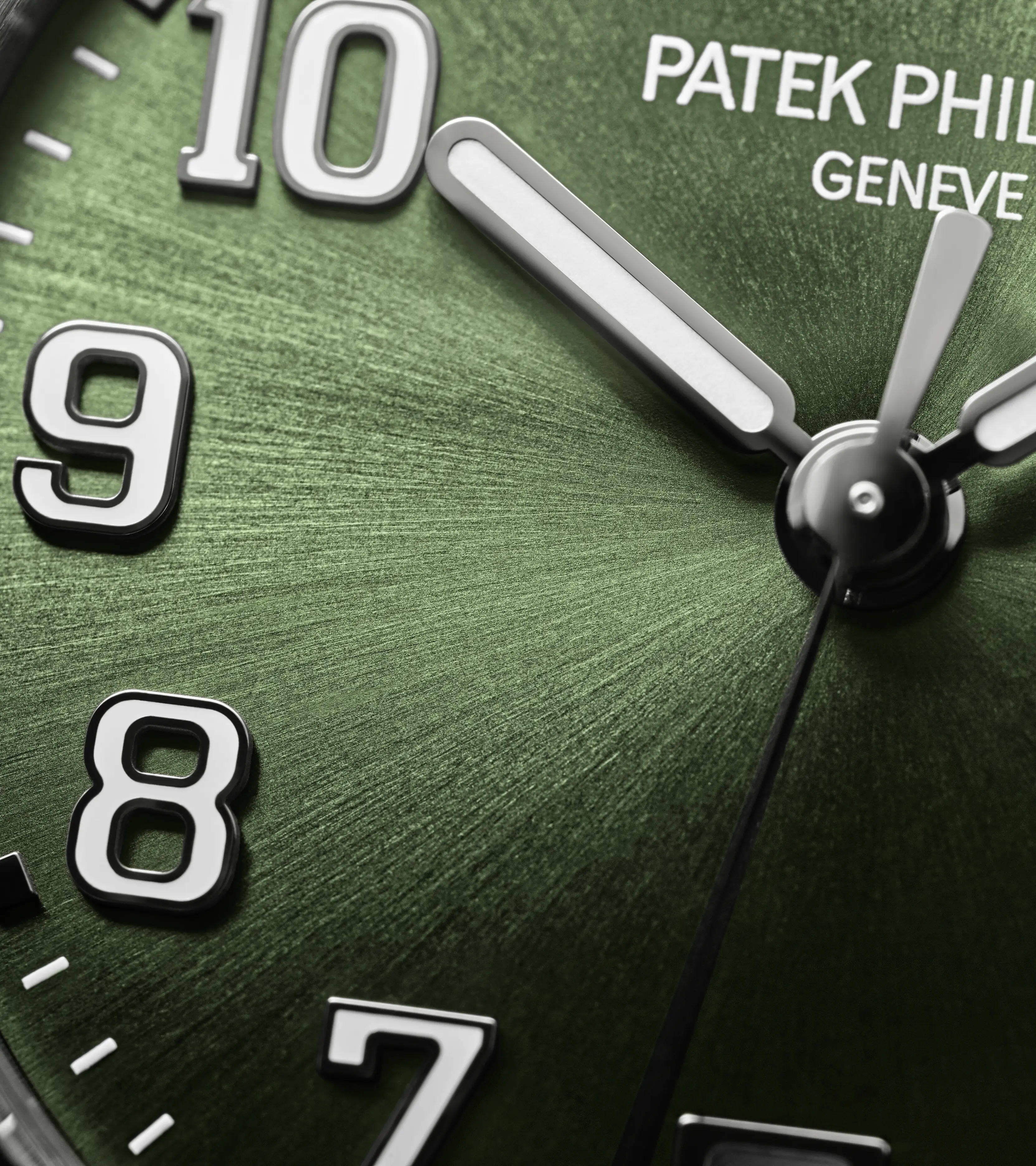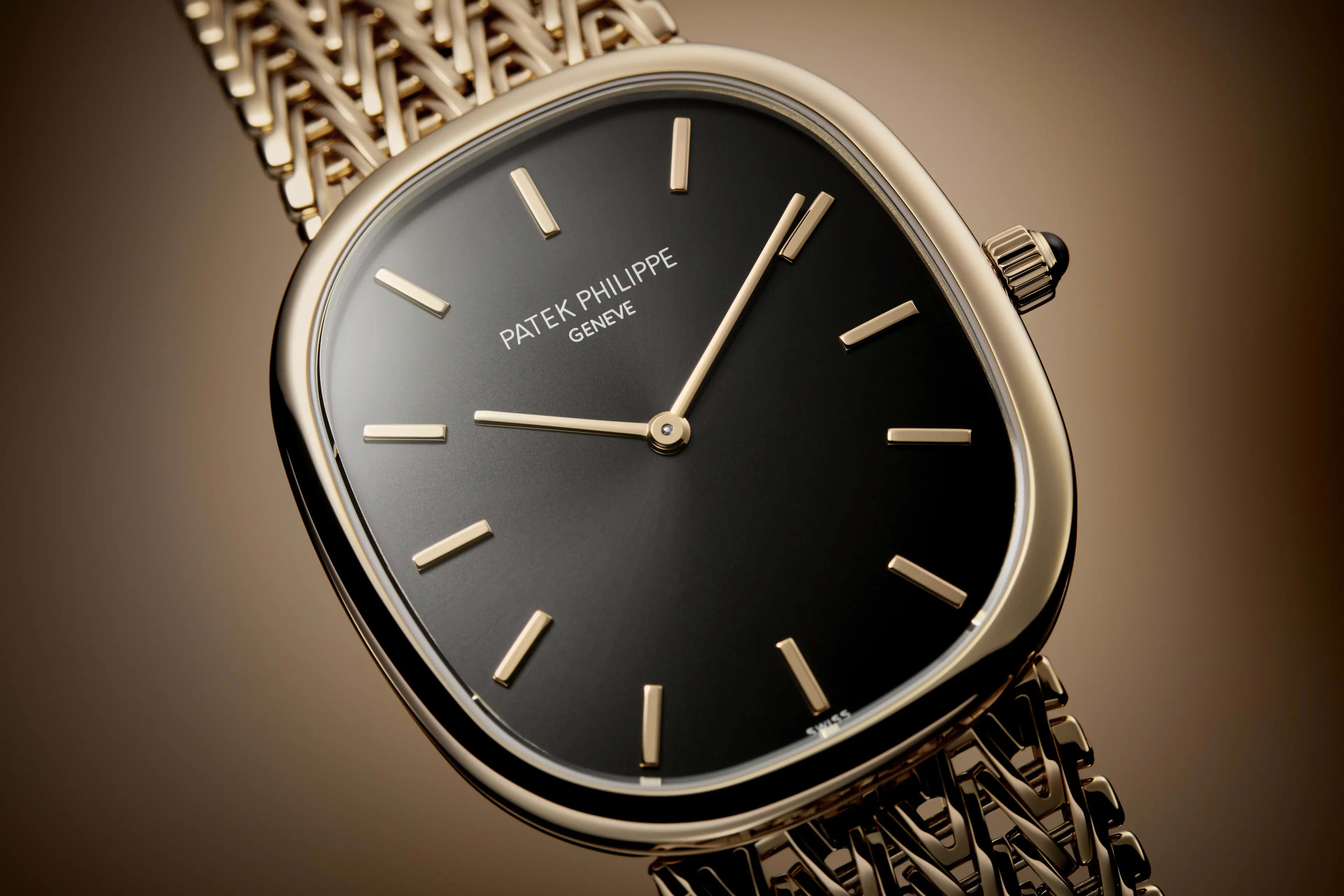Quality and Fine Workmanship
Dials
The dial interprets the tiny mechanical world beneath it that creates time. At Patek Philippe, we craft dials with skills passed down through generations.
Colors
Our dials orchestrate a play of colors, showcasing a palette of hues, from pristine ivory white to deep ebony black, and the vibrant colors in between. These captivating shades are meticulously achieved through specialized techniques such as electroplating, varnishing, and enameling, transforming each dial into a time-telling canvas.
Rare Handcrafts
Dials are where artistry can truly shine. For our Rare Handcrafts collection, we perpetuate the grand Geneva traditions that have been used to decorate timepieces for more than four centuries. Techniques such as miniature marquetry, gemsetting, enameling, engraving or guilloché work are all embraced to create unique and highly decorative dials for exceptional timepieces.
Hour and Minute Hands
Our hour and minute hands are crafted from gold, save for instances where technical constraints necessitate alternative materials. Hands may be small, but they are much more than a component. Depending on the intricacy of its design, one of our hands can take four months of preparation, including the manufacture of bespoke tools, before production even begins.
The crafting of a silicon-based hand for the Grand Complications 1/10th of a Second Chronograph, Ref. 5470P-001.
Appliques and Hour Indicators
All of our appliques, also known as hour markers, whatever the dial’s base material, and whether they are index batons, Roman or Arabic numerals, are made of 18k gold. Hour indicators may also be transfer printed by hand on the dial surface, created using round or baguette-cut diamonds in gold settings. The gold and the diamonds are set on appliques, which creates a height to the indicators, subtlety increasing contrast.
The application and riveting of the appliques are carried out on the finished dial and require great attention to detail.
Creating a Dial
Making a dial is less a branch of watchmaking, more a dedicated craft in itself. Dial makers and finishers use cutting-edge technology and age-old hand-craftsmanship skills, alongside trade secrets passed down through generations. Creating one of our dials can take us four to six months of production, and from 50 to 200 operations, including decorative techniques.
Crafting
Each model of dial is different and has its own systematic process, much like a recipe. First, the dial plate is cut to resemble a circular dial. Once this blank has been milled into shape, it then begins its journey that will see the brass disk slowly develop its individual identity as it travels from workshop to workshop, passing through the hands of dozens of highly skilled individuals.
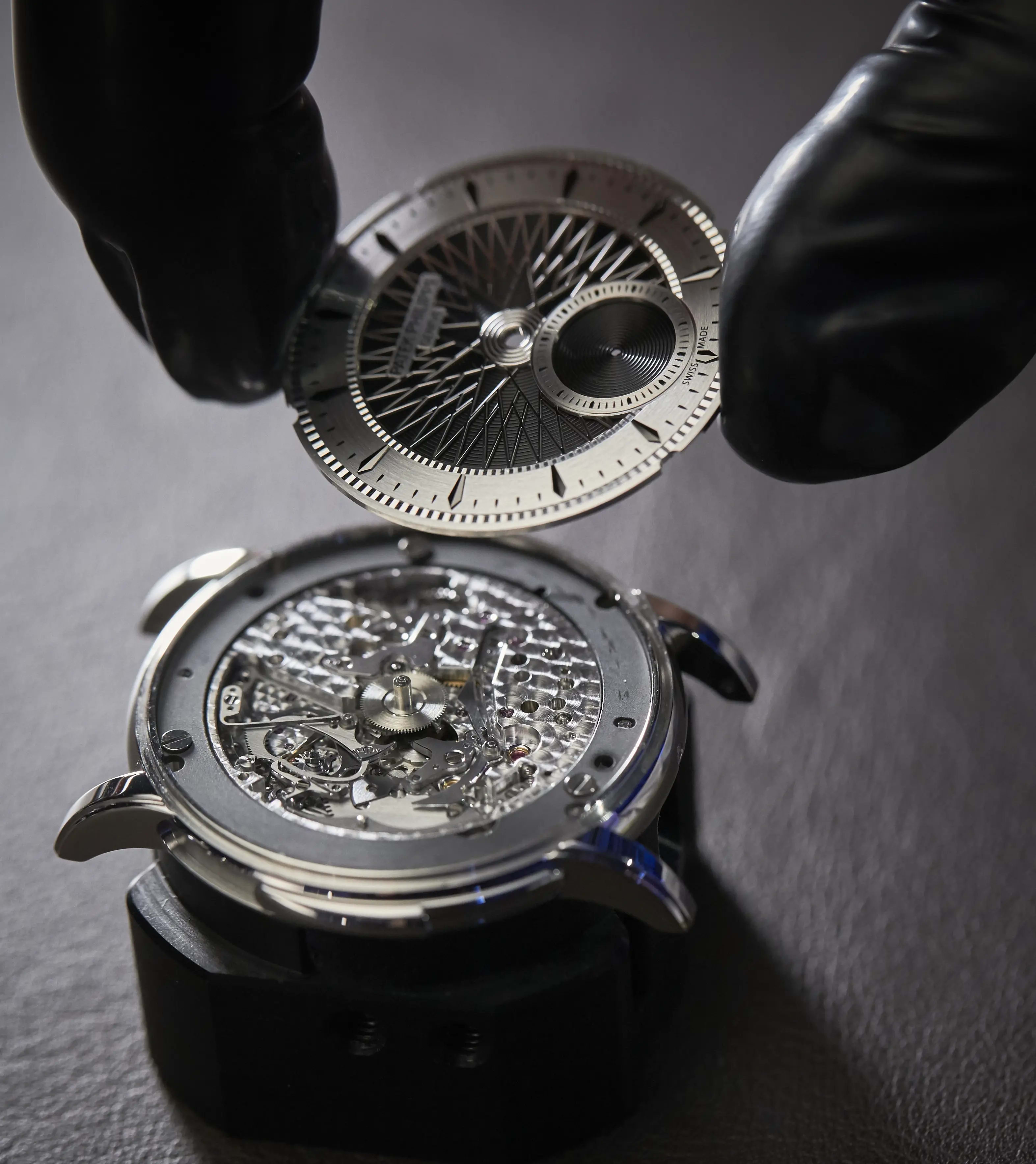
Decorating
To decorate our dials, a range of techniques are used that respect tradition and show an appetite for innovation. The equipment used ranges from multi-axis milling machines to simple wooden brushes. The operations, many of which are carried out by hand, will lead to decorating our dials with almost endless possibilities, from motifs, patterns and engravings to a variety of finishes or meticulous gemsetting.
